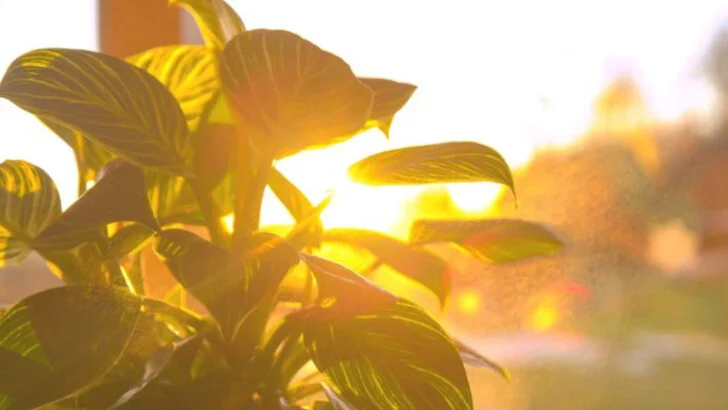It’s surprising how quickly a garden can start to feel cramped or underwhelming, even when there seems to be plenty of space. A few awkward plant placements, an overlooked path, or simply not thinking through how plants will grow over time, it all adds up. Before long, you’re stepping over overgrown herbs to reach the tomatoes and wondering why that shady corner never quite works.
The good news is, a few small layout changes can make a big difference. Rethinking how you group plants, how much breathing room you give them, or even just adjusting your walking paths can reclaim space you didn’t realize you had. It’s less about starting over and more about making what you already have work better.
Overcrowding Plants
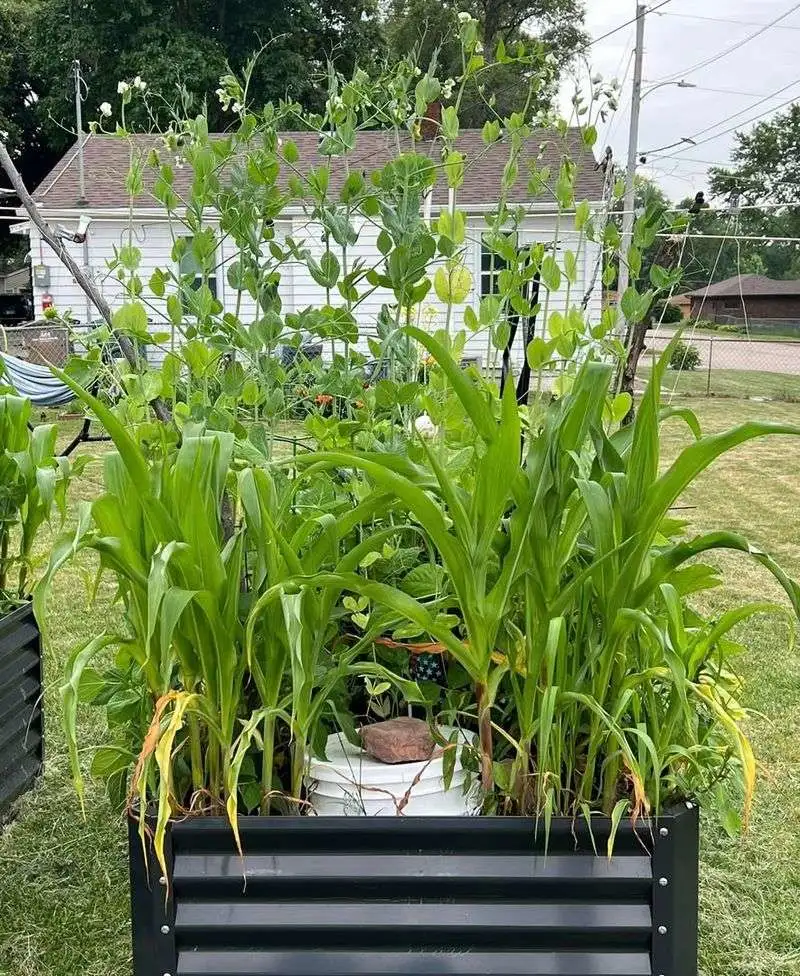
Have you ever noticed how your garden resembles a tangled jungle? Overcrowding plants can lead to stunted growth and increased diseases. Each plant needs its own space to flourish.
Consider the mature size of each plant before placing it. Give them the room they require, and you’ll see flourishing foliage and vibrant blooms.
An organized layout not only enhances beauty but also simplifies maintenance. By spacing your plants correctly, you’ll promote healthier growth and a more aesthetically pleasing garden.
Ignoring Sunlight Patterns
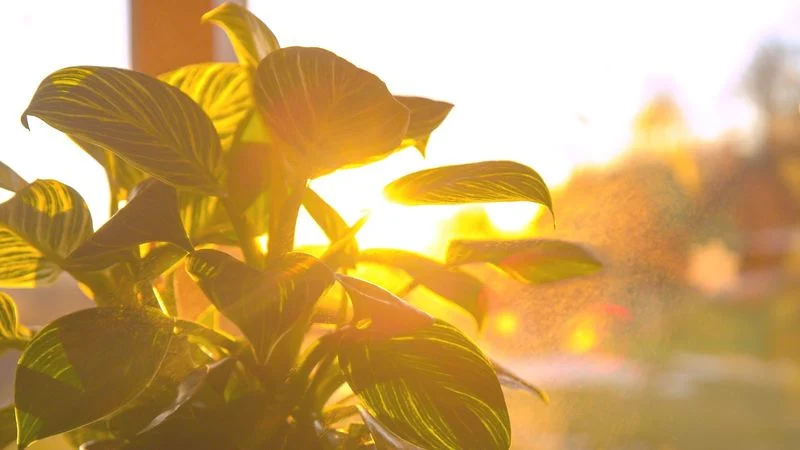
Imagine a sunflower growing in the shade—impossible, right? Ignoring sunlight patterns is a common mistake that can stunt plant growth.
Observe your garden at different times of the day to understand the sunlight exposure. Position sun-loving plants in areas where they receive ample light, and place shade-tolerant ones in less bright spots.
This thoughtful arrangement will ensure that each plant thrives, contributing to a lush and lively garden environment.
Neglecting Pathways
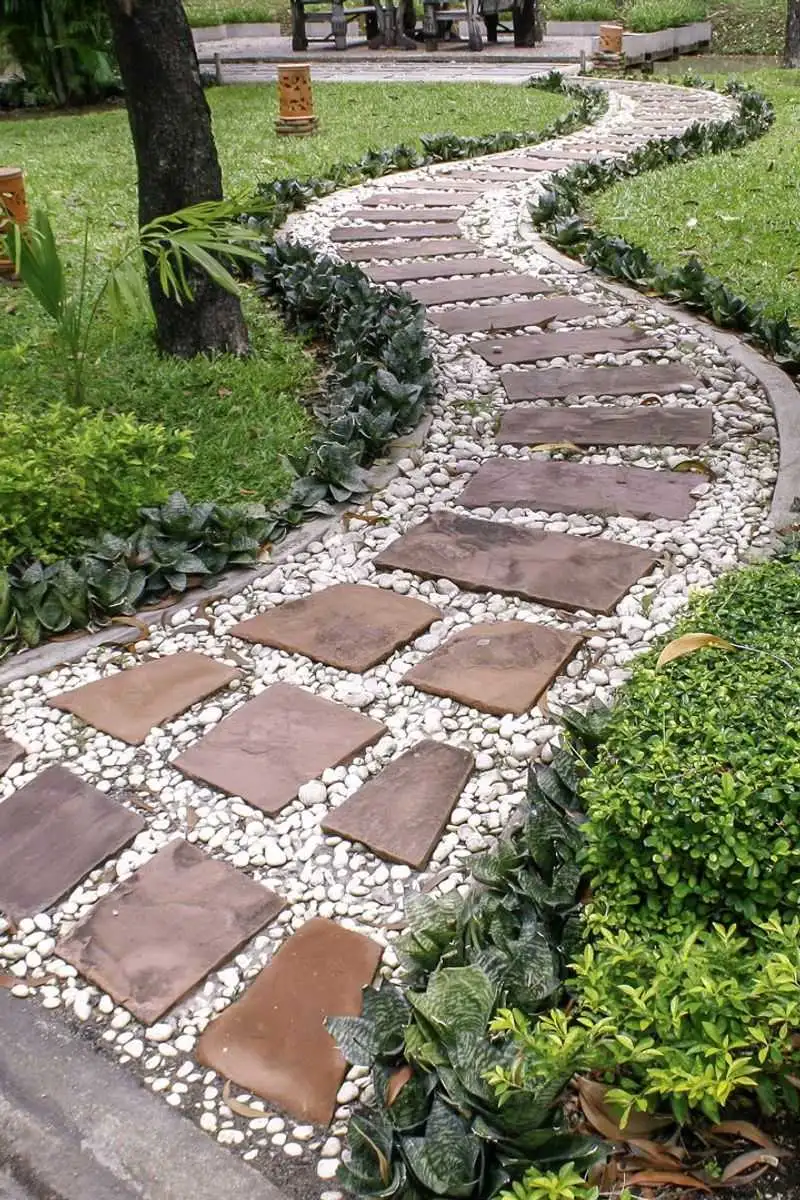
Ever found yourself tiptoeing through your garden to avoid squashing plants? Neglecting pathways can lead to damaged greenery and an unattractive appearance.
Incorporate defined paths using gravel, stepping stones, or mulch. This improves accessibility and protects your plants.
A well-designed pathway invites exploration and creates a harmonious flow. With clear paths, your garden becomes a more enjoyable space to navigate and appreciate.
Monoculture Planting

Picture a garden with just one type of plant—how monotonous! Monoculture planting limits biodiversity and beauty.
Introduce a mix of plants with varying colors, heights, and textures. This not only enhances visual appeal but also encourages a balanced ecosystem.
Diversity in your garden attracts beneficial insects and offers a dynamic display throughout the seasons. Celebrate variety, and watch your garden come alive with vibrancy and life.
Improper Watering System
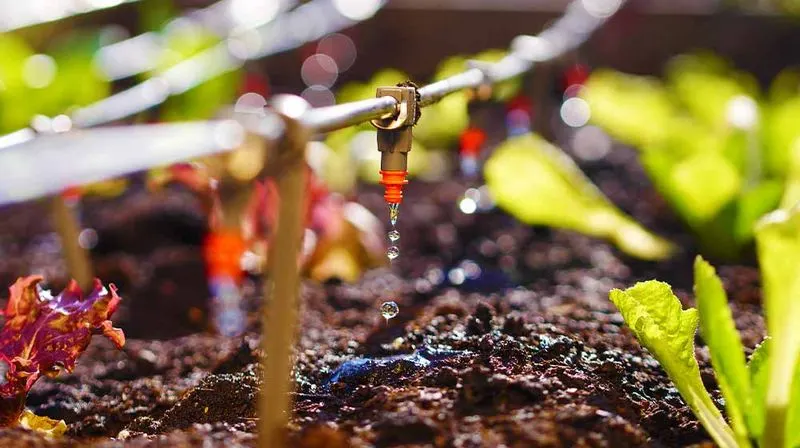
Is your garden suffering from parched soil or swampy puddles? An improper watering system can lead to inconsistent plant health.
Design an efficient irrigation setup that caters to the specific needs of your plants. Consider drip irrigation or soaker hoses for targeted watering.
By managing water distribution wisely, you’ll support robust growth and conserve resources. A well-watered garden is a thriving garden, full of vitality and beauty.
Ignoring Vertical Space

Do your garden walls look a bit bare? Ignoring vertical space is a missed opportunity for creativity and efficiency.
Utilize trellises, vertical planters, or wall-mounted pots to maximize space. Climbers and trailing plants add dimension and charm.
Vertical gardening not only saves ground space but also adds an artistic touch. Embrace the heights, and transform your garden into a lush sanctuary filled with layers of life.
Lack of Seasonal Planning
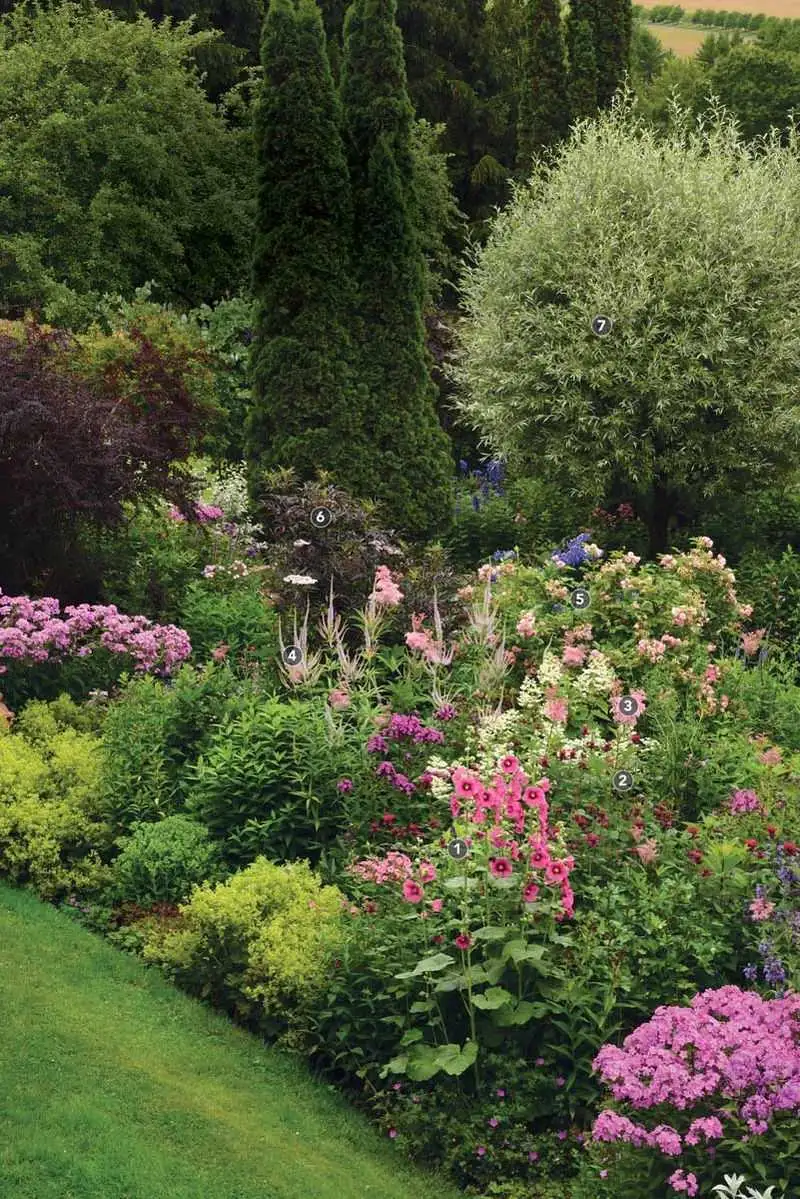
Does your garden peak all at once, then fade away? Lack of seasonal planning can lead to barren periods.
Plan for year-round interest by incorporating plants with staggered bloom times. This ensures continuous beauty and sustains wildlife throughout the seasons.
Consider evergreens, perennials, and annuals to create a dynamic garden that evolves. With thoughtful planning, your garden will provide joy and interest in every season.

